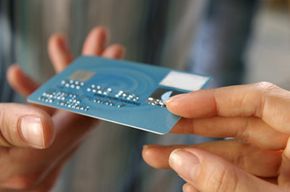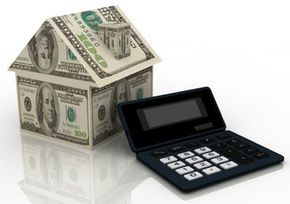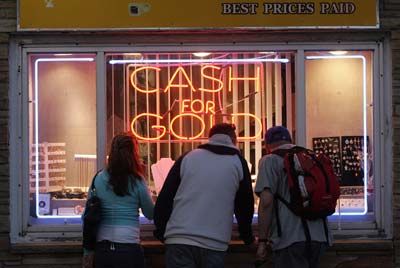A letter arrives in the mail. "Congratulations! You've been preapproved for a National Bank Platinum Card with a credit limit of $25,000 dollars!" You consider what you could buy with $25,000. Or how you could use it to pay off the balance on your three othercredit cards.
Credit cards are the perfect example ofrevolving credit. With revolving credit, abankallows you to continuously borrowmoneyup to a certain credit limit. Every time you buy something on credit, that amount is subtracted from your total credit limit. And every time you pay off your balance, your credit limit goes back up. Sounds easy, right?
Advertisement
Well, not exactly. You have to considerinterest. If you don't pay your full credit card balance at the end of the month, the bank will charge you interest on the amount you still owe -- anywhere from 10 to 28 percent [source:CreditCards.com]。从每月calle携带一个平衡d revolving your debt. If you keep revolving month after month, you could find yourself in a seriousdebtmess.
The United States is hooked on revolving credit. In June 2007, the total consumer revolving debt in the United States topped $900 billion. The good news is that 40 percent of credit card holders pay their full balance every month. The bad news is that a significant number of Americans have been caught in the revolving credit trap. Over 8 percent carry balances over $9,000, and one in six families pay only the minimum amount due every month [source:CreditCards.com]。
So what's the difference between revolving credit and a regular loan? What are home equity lines of credit all about? And how do you keep yourself out of the revolving credit crisis? In the next section, we'll distinguish between revolving credit and loans.
Advertisement






